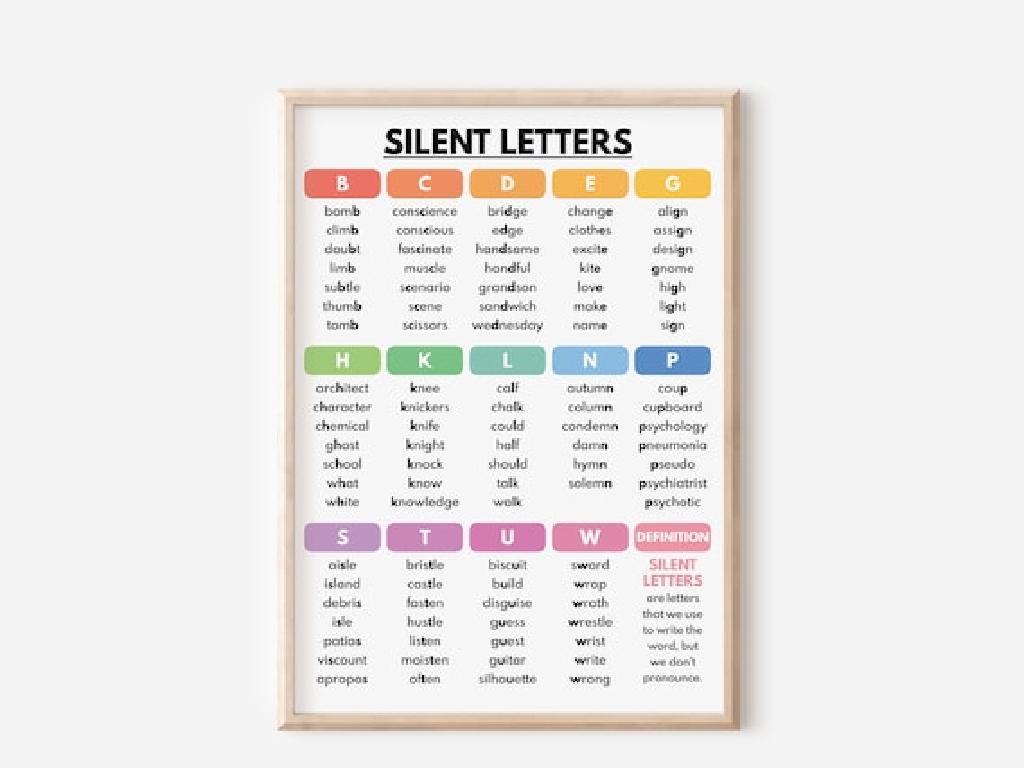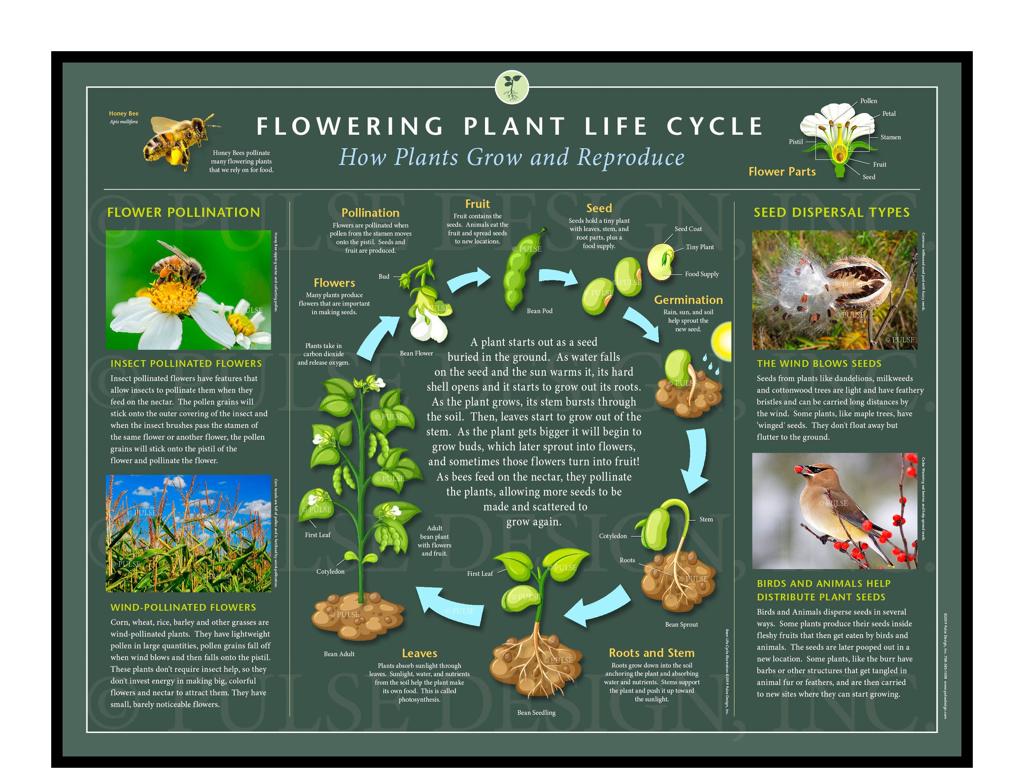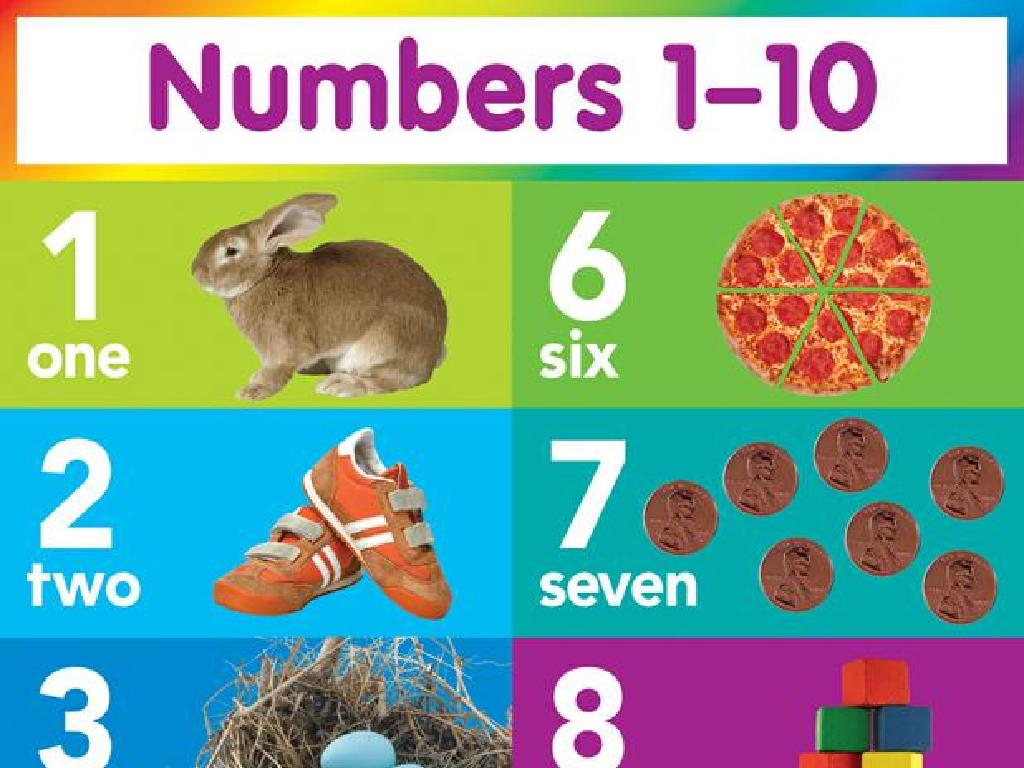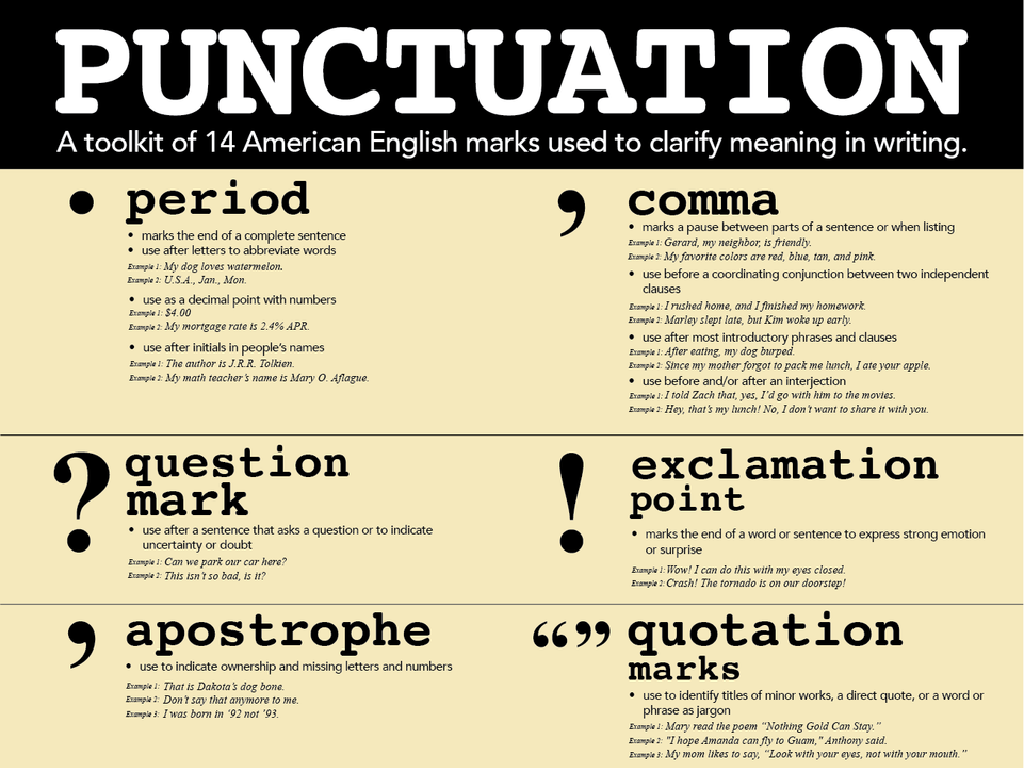Introduction To Fossils
Subject: Science
Grade: Third grade
Topic: Fossils
Please LOG IN to download the presentation. Access is available to registered users only.
View More Content
Welcome to the Past: Introduction to Fossils
– What exactly are fossils?
– Fossils are remains of ancient life, like bones or shells, turned into rock.
– Fossils as clues to the past
– They help us understand what creatures lived long ago.
– The importance of studying fossils
– Studying fossils teaches us about Earth’s history and changes over time.
– Fossils tell us about ancient life
– By examining fossils, we learn about dinosaurs and plants that don’t exist anymore.
|
This slide introduces the concept of fossils to third-grade students. Begin by explaining that fossils are like nature’s time capsules; they are the preserved remains or traces of animals, plants, and other organisms from the remote past. Emphasize that fossils are important because they are evidence of the different forms of life that existed long before humans and can show us how life on Earth has changed over millions of years. Encourage students to think of fossils as storytellers that can tell us fascinating stories about the ancient Earth, its climates, and its environments. This will set the stage for further exploration into how fossils are formed, the different types of fossils, and what they can tell us about extinct species and past environments.
What is a Fossil?
– Fossils: Remains of ancient life
– Think of them as nature’s time capsules!
– Found in rocks, like bones or teeth
– Imagine finding dinosaur bones in the ground!
– Can be imprints of creatures
– Like a leaf imprint in wet mud, but very old.
– Fossils tell us about the past
– They help us learn what creatures looked like and how they lived.
|
This slide introduces the concept of fossils to third-grade students. Fossils are the preserved remains or traces of animals, plants, and other organisms from the remote past. They are typically found embedded in rocks and can include parts of creatures such as bones or teeth, as well as imprints left behind, like footprints or leaf shapes. Fossils act as clues to what life was like on Earth millions of years ago, offering scientists a window into the appearance, behavior, and environment of ancient life forms. Encourage students to think about how a fossil is like a puzzle piece to the history of life on Earth. You can use examples like a fossilized shell or a dinosaur bone to make the concept more tangible for the students.
Types of Fossils
– Body Fossils: Preserved parts of organisms
– Like bones, teeth, or shells that were once part of living things.
– Trace Fossils: Evidence of animal activity
– Includes footprints, nests, or poop left behind by animals.
– Each type tells a different story
– Body fossils show what creatures looked like, trace fossils show how they lived.
– Fossils help us learn about the past
|
This slide introduces students to the two main types of fossils: body and trace. Body fossils are actual parts of organisms that have been preserved over time, such as bones, teeth, or shells. Trace fossils are signs of animal activity, like footprints, burrows, or even fossilized poop, known as coprolites. Each type of fossil provides unique information about ancient life. Body fossils can tell us about the physical characteristics of organisms, while trace fossils can give us clues about their behavior, such as how they moved, what they ate, or how they interacted with their environment. Encourage students to think about what stories these fossils might tell us about life millions of years ago. You can bring in examples or pictures of both types of fossils to help students visualize and understand the concepts better.
How are Fossils Formed?
– Fossils: buried remains of creatures
– Think of it like a buried treasure that stays hidden for a long time.
– Sediment covers and preserves shape
– Like mud or sand covering a leaf and turning into stone.
– Rock formation over time
– Fossilization: a lengthy process
– It’s like waiting from your birthday to your next one many times over!
|
This slide explains the fossilization process to third graders in a simple and relatable manner. Begin by discussing how fossils are the remains of living things, like dinosaurs, that have been buried. Explain that sediment, such as mud or sand, covers these remains and over time turns into rock, which preserves the shape of the organisms. Emphasize the vast amount of time it takes for this process to occur, spanning thousands to millions of years. Use analogies that children can relate to, such as comparing the process to a buried treasure or the long wait between birthdays, to help them grasp the concept of geological time scales.
Fossil Hunters: Meet the Paleontologists
– Paleontologists: Fossil scientists
– They explore and study old bones and shells.
– Tools they use: Brushes and chisels
– Like detectives, they use special tools to dig.
– Uncovering fossils carefully
– They must be gentle to protect the fossils.
– Learning Earth’s history from fossils
– Fossils tell us stories of plants and animals from long ago.
|
This slide introduces students to paleontologists, who are like detectives of the Earth’s past. They use specific tools to excavate fossils without damaging them. Through their work, we can learn about the history of our planet, including the plants and animals that lived millions of years ago. Encourage students to think about how these scientists must be patient and precise in their work. Discuss the importance of fossils in understanding evolution and the changes that have occurred over time. You can also mention that some paleontologists work in the field, while others work in laboratories or museums.
Let’s Be Paleontologists!: Create Your Own Fossil
– Make leaf or object imprints in clay
– Simulate how fossils are formed
– Think like a paleontologist
– Imagine what the environment was like when your ‘fossil’ was made
– Discover what fossils reveal
– Fossils can indicate the age of rocks and what life was like long ago
|
This activity is designed to give students a hands-on experience with the fossilization process. By pressing leaves or small objects into clay, they can create their own ‘fossils’. It’s important to guide them through the process, explaining that real fossils are formed over thousands or millions of years under layers of sediment. Encourage them to think about what information a paleontologist might be able to learn from a fossil, such as the type of plants or animals that existed and the environment they lived in. Possible variations of the activity could include using different types of leaves or objects to represent various historical periods or environments. This will help students understand the role of fossils in learning about Earth’s history.
Fossils Review: What Have We Learned?
– Recap on fossils
– Two main types of fossils
– Body fossils & trace fossils
– Significance of fossils
– They tell us about Earth’s history
– Class discussion and questions
|
This slide aims to summarize the day’s lesson on fossils and engage students in a reflective discussion. Start by asking the class what they remember about fossils to refresh their memory. Then, prompt them to recall the two types of fossils: body fossils (like bones or teeth) and trace fossils (like footprints or burrows). Discuss why fossils are crucial for scientists; they provide a historical record of life on Earth and help us understand how plants and animals have changed over time. Encourage students to ask questions and share their thoughts on the importance of fossils. This interactive review will help solidify their understanding of the topic.
Class Activity: Fossil Excavation!
– Step into a paleontologist’s shoes
– Excavate ‘fossils’ with your kit
– Analyze the ‘fossils’ you find
– Look at the shape, size, and texture
– Discuss your discoveries
– What might your fossil tell us about the past?
|
This activity is designed to give students a hands-on experience with the process of fossil excavation, similar to what paleontologists do in the field. Provide each student with a small excavation kit, which can include plaster ‘rocks’ embedded with ‘fossil’ replicas. Students will carefully use tools to dig out the ‘fossils’. Once they have uncovered their ‘fossils’, they should examine them closely, noting characteristics such as shape, size, and texture. Encourage them to hypothesize what kind of organism their fossil might have come from and what the environment might have been like when the organism was alive. After the excavation, facilitate a class discussion where students can share their findings and learn from each other’s discoveries. Possible variations of the activity could include different types of ‘fossils’ for each student, group excavations, or even creating their own ‘fossils’ in plaster for others to excavate.






